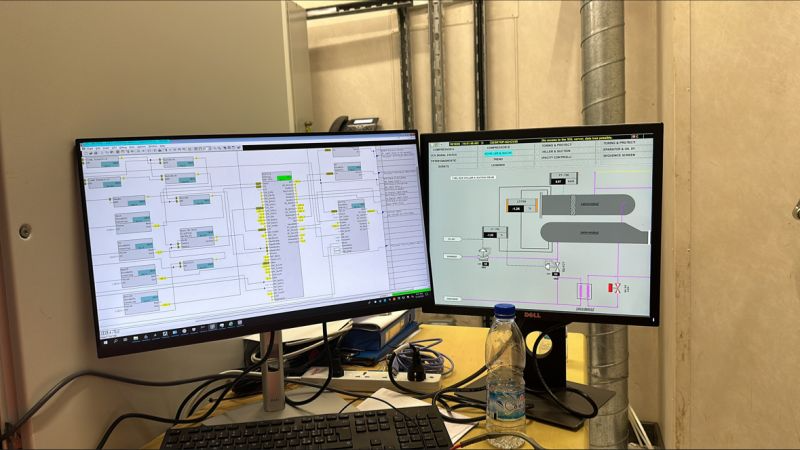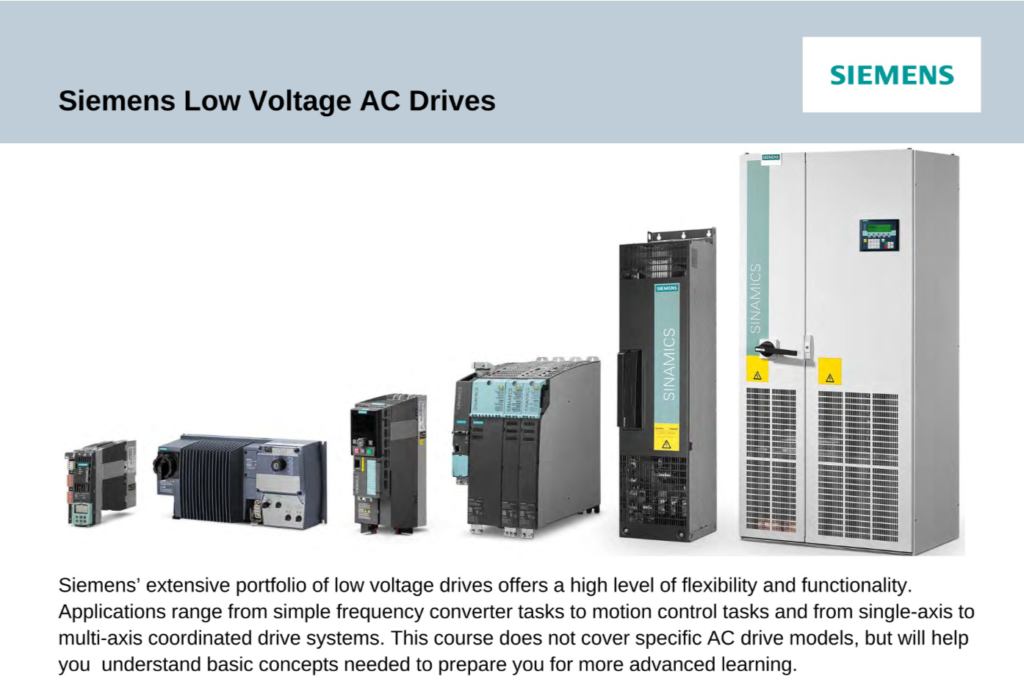As an Automation and Control Systems Engineer, drives play a crucial role in your toolkit. While PLCs often receive the lion’s share of attention, the reality is that there is much more to automation than just PLCs. If you examine the typical ICSS architecture from level 0, you’ll see that PLCs are just one component in a complex system.
Today, let’s delve into the technical and fascinating world of drives.
AC Drives: The Basics
AC drives, also known as variable frequency drives (VFDs), control the speed and torque of AC motors by adjusting the frequency of the power supply.
Advantages of AC drives include improved energy efficiency, reduced mechanical stress on equipment, and greater process control.
Disadvantages include higher initial costs, the need for additional components such as EMI filters and cooling systems, and increased complexity in commissioning and maintenance.
AC drives are widely used in a variety of applications, including conveyor systems, pumps, fans, and production lines.
DC Drives: Key Features
DC drives control the speed and torque of DC motors by adjusting the voltage of the power supply.
Advantages of DC drives include a simple design, high reliability, and the ability to handle high starting currents.
Disadvantages include lower energy efficiency compared to AC drives and a limited speed range.
DC drives are often used in applications where high starting torque is required, such as cranes and hoists.
As an experienced Automation Engineer, I’ve had the opportunity to commission drives for a wide range of original equipment manufacturers (OEMs), including well-known brands like Siemens , Rockwell Automation, Danfoss Drives, and Control Techniques, as well as smaller OEMs.
One of my recent projects was particularly challenging and rewarding. I was part of the team working with Saipem on the Dangote Industries Limited Industries Limited hashtag#fertilizer hashtag#project, where I was responsible for commissioning the sub-systems, which included drives. The sheer scale of the project was impressive, but the real thrill came from bringing all the pieces together to create a seamless and efficient automation system.
In my previous post, I mentioned that I would be sharing some resources to help us continue our learning journey, and I’ve included a comprehensive resource from Siemens for us to explore. Whether you’re just starting out or you’re a seasoned pro, this resource is packed with technical information and practical tips to help you make the most of drives in your automation projects.





